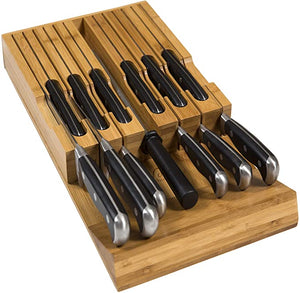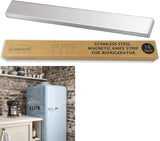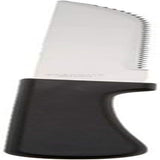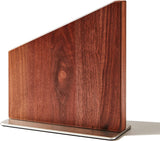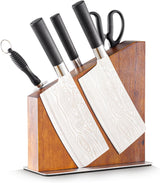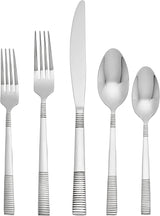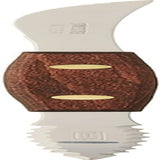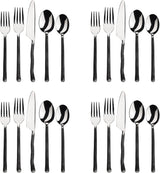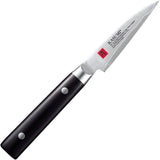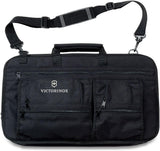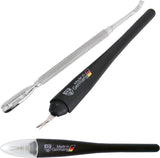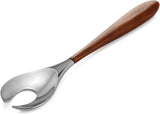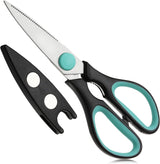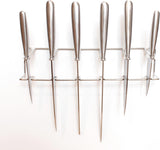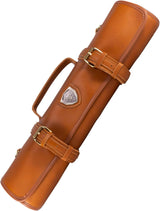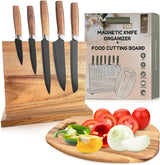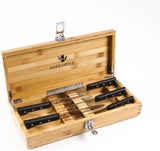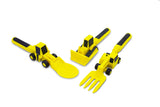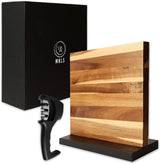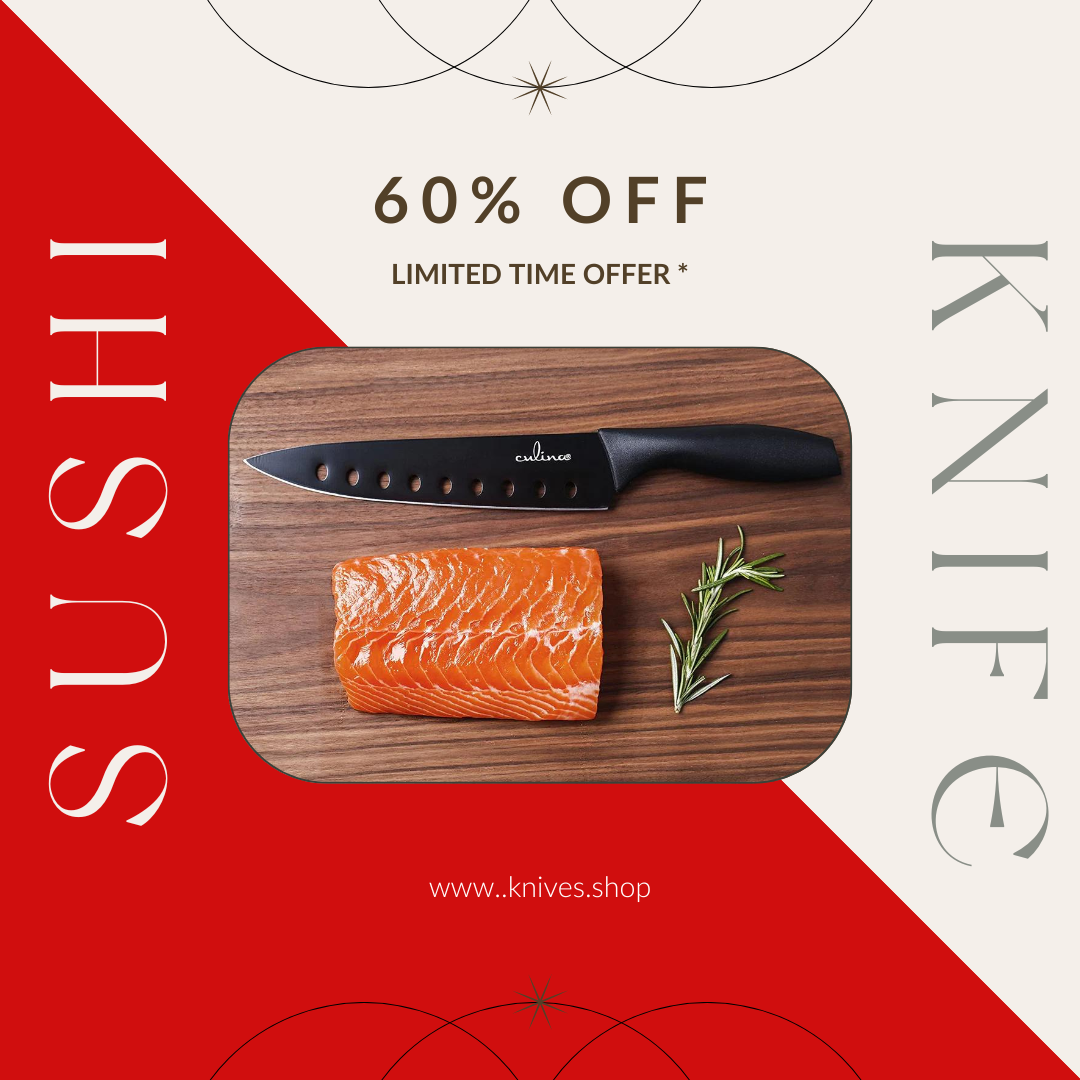Every kitchen professional will tell you that having the right tools is essential, especially when working with something as delicate as fish. Naturally, this begs the question: what is a good fillet knife for fish? Whether you are a seasoned chef, a professional cook, or simply a fish enthusiast, selecting the proper fillet knife can make all the difference in precision, ease, and overall quality of your dishes.
In this guide, we'll dive deep into what makes a high-quality fillet knife, including blade material, handle grip, flexibility, and balance. We'll also explore how to maintain your knife and highlight some of the top knives that are perfect for preparing fish. By the end of this article, you'll have all the information needed to make an informed decision for your kitchen.
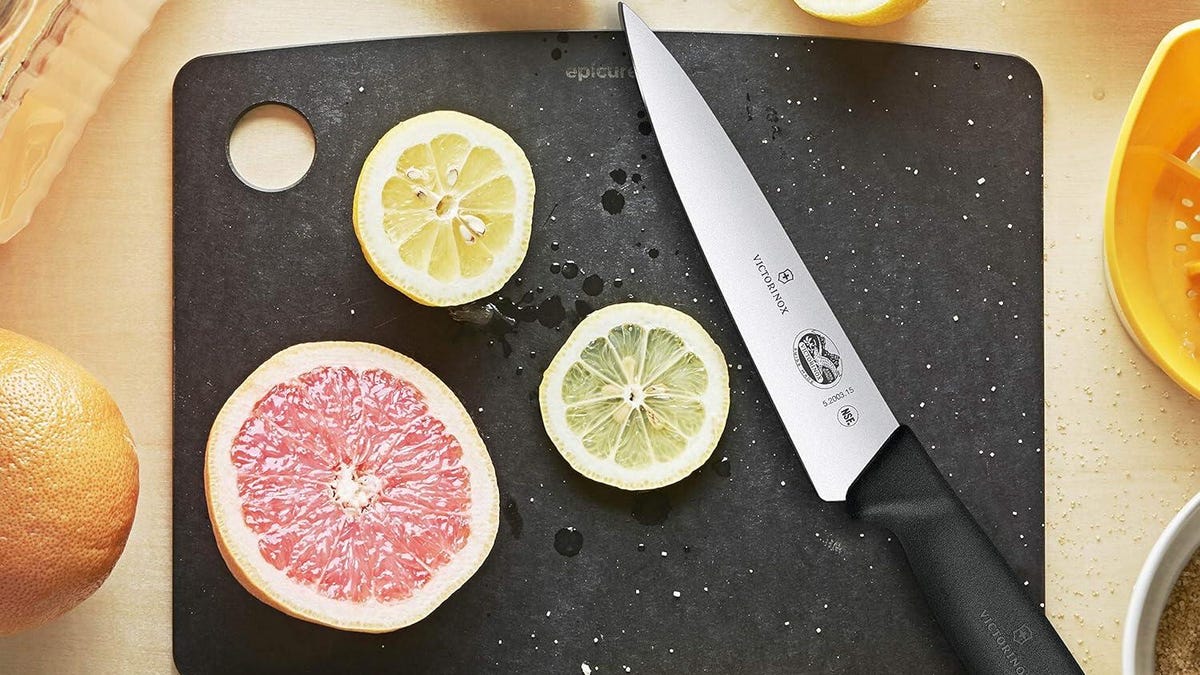
Why Do You Need a Specialized Fillet Knife?
For kitchen professionals, one tool does not fit all. Fileting fish is a precise art that requires a knife designed specifically for the task. A good fillet knife offers flexibility for maneuvering around bones and under delicate fish skin, sharpness for precise cuts, and a comfortable grip to maximize control. Without these features, you risk tearing the fish, struggling to remove bones, or even injuring yourself in the process.
Interested in learning more about knife care? Check out this guide to cleaning a knife. Knife maintenance is critical to keeping your tools in perfect working order.
Key Features to Look for in a Fillet Knife
1. Blade Material and Sharpness
One of the first characteristics to check when evaluating what is a good fillet knife for fish is the material of the blade. The majority of high-quality fillet knives are made from stainless steel or high-carbon stainless steel. Stainless steel blades are resistant to corrosion, which is essential since you'll often use them in wet and salty environments. High-carbon stainless steel, while requiring more care, offers unparalleled sharpness and edge retention.
2. Flexibility
A good fillet knife must have the right amount of flexibility. Stiffer blades are better suited for larger fish, whereas a finer, more flexible blade is ideal for filleting smaller or more delicate fish. Flexibility is crucial for following the natural contours of the fish, ensuring minimal waste and precise cuts.
3. Blade Length
Fillet knives come in various lengths, typically ranging from 4 to 9 inches. Smaller blades are better suited for panfish or trout, while longer blades excel at handling larger fish like salmon or grouper. Choose a length depending on the type of fish you frequently prepare.
For professional tips on sharpening your blade, check out this resource on how to sharpen a knife. Dull blades can make filleting more difficult and potentially hazardous.
4. Comfortable Grip
A solid grip is essential for safety and precision. Whether the handle is made from rubber, wood, or composite material, it should feel comfortable and ergonomically designed. Proper grip prevents hand fatigue and ensures you can perform detailed cuts more effectively.
5. Lightweight Design
Since filleting can be a repetitive task, a lightweight knife can be a chefs best friend. Heavier knives can be cumbersome, leading to uneven fillets or strain during extended use.
Top Recommendations for Fillet Knives
Theres no shortage of knives on the market designed to handle fish; however, some stand above the rest thanks to their versatility and craftsmanship. Here are our top picks:
- Wsthof Classic IKON Fillet Knife: Known for its precision and sharpness, this knife features a flexible 7-inch blade that cuts through fish with ease. Learn more about Wsthof knives here.
- Shun Classic Gokujo Boning/Fillet Knife: Combining traditional Japanese design with razor-sharp performance, this knife is perfect for intricate fish cuts.
- Dexter-Russell SofGrip Fillet Knife: A perfect balance of affordability and quality, this knife is favored by both home cooks and professionals.
How to Maintain Your Fillet Knife
Fillet knives, like all knives, require proper care to perform their best. Here are a few tips:
- Wash your knife by hand rather than using the dishwasher to preserve its lifespan.
- Keep the blade sharp using a honing rod or sharpening stone. If youre unsure, read this guide on how to sharpen a fish fillet knife.
- Store the knife in a protective sheath or knife block to prevent the blade from dulling.
For more tips on blade longevity, check out the methods to fix a broken knife blade.
FAQs
1. What is the best blade length for filleting fish?
Blade length depends on the fish size. Smaller fish require a 46 inch blade, while larger fish are better suited to 89 inch blades.
2. Can a chefs knife be used for filleting fish?
Although a chef's knife can be used, it doesn't offer the flexibility and precision of a dedicated fillet knife, making the process more challenging.
3. How frequently should I sharpen my fillet knife?
Sharpen your knife whenever you notice a decline in performance. For optimal results, hone it after each use and sharpen it more thoroughly every 23 months.
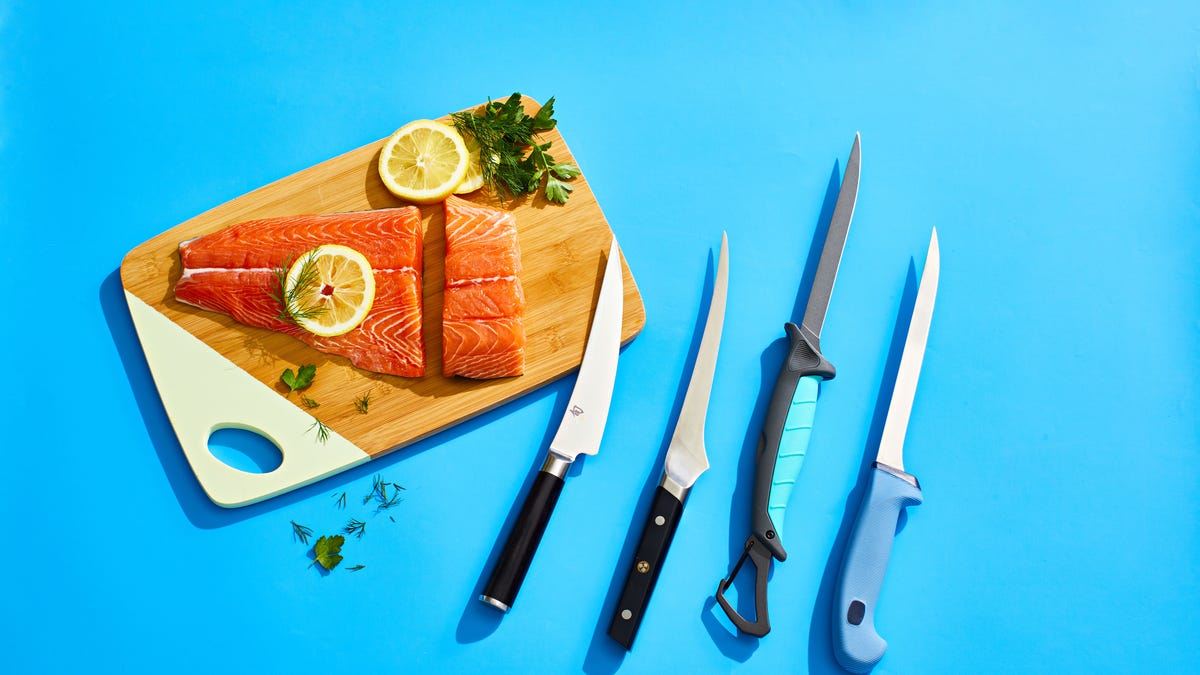
Conclusion
Knowing what is a good fillet knife for fish is the first step toward elevating your kitchen skills. With the right knife, you can perform precision cuts, reduce waste, and create beautifully prepared fish dishes. Remember to prioritize blade material, flexibility, and comfort when selecting your fillet knife, and always maintain it well.
If youre unsure which knife to choose, our guide on the Cangshan N1 series knives can help you compare additional options!
This article contains affiliate links. We may earn a commission at no extra cost to you.
